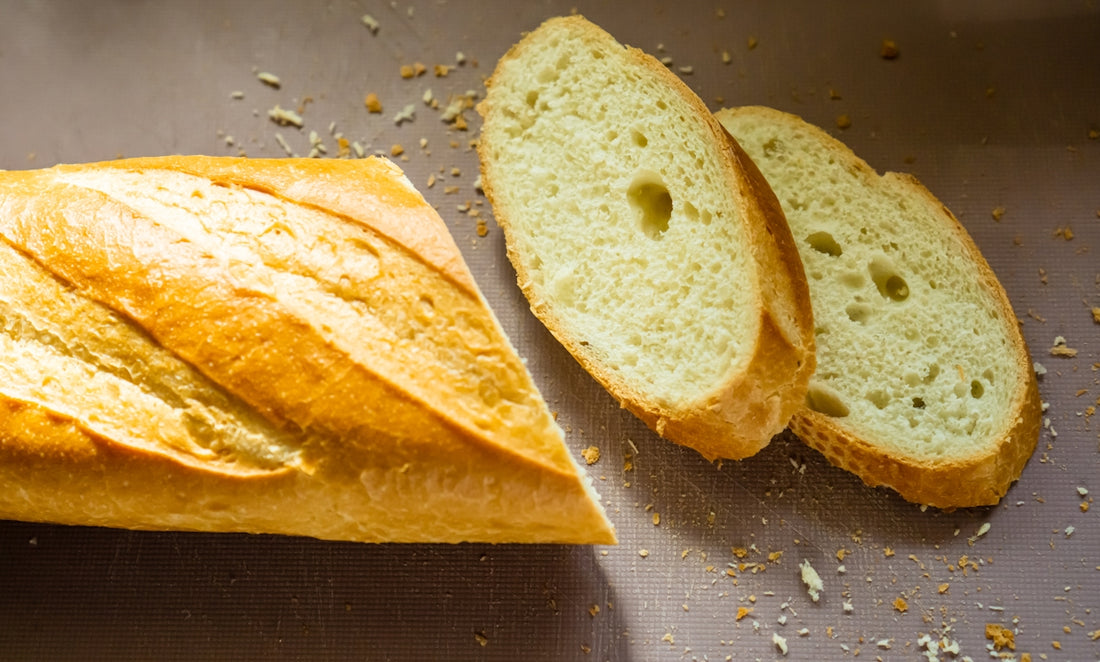
Mastering Techniques: How to Shape Sourdough Bread like a Professional
If you've ever marveled at the artistry of perfectly shaped sourdough and wished you could replicate it at home, you're not alone. The journey of sourdough crafting blends science, skill, and a smidge of patience. At the heart of this adventure is the sourdough starter—a live culture responsible for the flavor and texture of your bread. Whether you're new to the sourdough scene or honing your craft, this guide will help you master the techniques needed to shape sourdough bread like a pro.
The Foundation: Sourdough Starter
To shape bread like a professional, one must first understand the lifeblood of sourdough—your starter. This symbiotic culture of wild yeast and lactic acid bacteria is what gives sourdough its distinct flavor. Sourdough starter is often more complex and nutritious compared to commercial yeasts, thanks to wild yeast fermentation.
Feeding and Maintenance
Consistency in your feeding routine is crucial. A typical sourdough starter feeding schedule involves discarding part of the starter and feeding it equal parts flour and water once daily at room temperature. During intervals when you're not baking, learn how to store sourdough starter in the fridge to maintain its health without frequent feedings.
Understanding Sourdough Fermentation
The magic happens during the sourdough fermentation stage. This process leavens the bread and imparts depth of flavor. Following your sourdough bread recipe, make sure your starter is bubbly and active before incorporation, ensuring maximum rise and complexity.
The Art of Homemade Sourdough
Creating homemade sourdough isn't just about baking; it's about embracing a lifestyle—a testament to creativity and tradition. In My Sourdough Life, shaping dough is an expression of artisanship, requiring focus and respect for the craft.
Tools of the Trade
Investing in quality tools enhances your baking experience. Consider these essentials:
- The Non Stick Silicone Baking Mat provides an excellent non-stick surface, negating the need for excess flour and allowing for easy handling of dough.
- A Professional Baking Tools Set brings together essential items like a starter jar and pastry mat.
How to Shape Sourdough Bread
Shaping determines your loaf's ultimate look and structure. Follow these steps for optimal results:
- Pre-shaping: After the initial fermentation, gently turn your dough onto a lightly floured surface. Shape it into a rough round by folding the edges towards the center, building tension on the surface.
- Bench Rest: Allow it to rest under a cotton towel for about 30 minutes—this acts as a relaxation period for the dough.
- Final Shaping:
- For a boule (round loaf): Fold the dough inwards on all sides to form a taut surface, then turn it over, seam side down.
- For a batard (oval loaf): Flatten the dough into a rectangle. Fold the top third over to the center, followed by the bottom third, rolling it gently to shape.
How to Bake Sourdough Bread
The transformed raw dough is now primed for baking. To achieve the best results, you need the right baking vessel. The Nonna Bella 2 in 1 Seasoned Cast Iron Double Dutch Oven Combo Cooker is perfect for creating steam in the early stages and adding a crispy crust.
Best Sourdough Scoring Techniques
Scoring is the final flourish. Using a sharp blade, create expansion points and artistic patterns on your dough. Skilled artisans understand that scoring isn't solely about aesthetics—it's a science of controlling the loaf's expansion.
Addressing Sourdough Bread Troubleshooting
Various issues can arise such as improper rising or dense loaves. Engaging in sourdough starter troubleshooting helps tackle common problems. For instance:
- Dense bread could be due to under-proofing, incorrect starter health, or shaping techniques.
- Flat loaves often result from over-proofing or weak dough structure.
Texture Tips: How to Get a Crispy Sourdough Crust
A crust with the perfect crunch requires:
- Adequate steam during the initial baking phase.
- Proper oven temperature, calibrated from the start using the best sourdough scoring techniques to direct expansion.
Sourdough Baking Benefits and Variants
More than a client of your kitchen skills, sourdough’s health advantages are well-documented. The benefits of sourdough fermentation include improved digestion and nutrients—a characteristic appreciated in sourdough for diabetics owing to its lower glycemic index compared to regular bread.
Explore different variants like Italian sourdough bread—widely recognized for its robust flavor and airy texture. Letting your creativity shine, try crafting sourdough pizza dough with a 12 Inch Ceramic Pizza Stone to ensure gourmet results at home.
Understanding the Sourdough Starter: Legacy and Comparison
The debate between sourdough starter vs yeast persists among bakers. A starter offers distinct layers of flavor molded by its age and environment. Yet, does a sourdough starter with a long legacy craft superior bread? The consensus is clear—time tested, these starters carry unmatched depth.
Recipe Creativity with Sourdough Discard
Utilize sourdough discard recipes as another canvas for creations. From pancakes to savory sourdough bagels, the possibilities with discard are endless.
Final Thoughts on Your Sourdough Journey
The beauty of artisan bread baking lies in its blend of community and tradition. Whether indulging in Italian flavors or testing new variants, mastering sourdough techniques elevates your baking experience. Continue this culinary journey with enthusiasm and let resources like Italian Sourdough guide you.
Engage with your sourdough baking tips blog, experiment with scoring, and let every loaf narrate its own tale. Happy baking!
